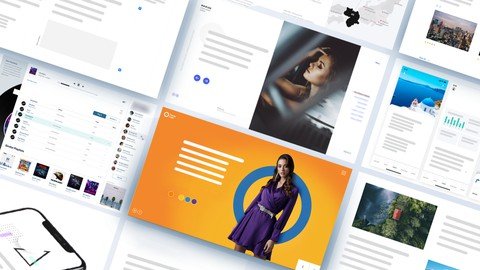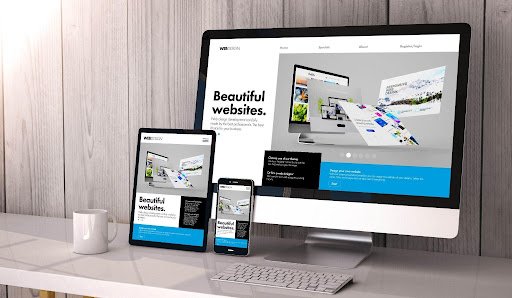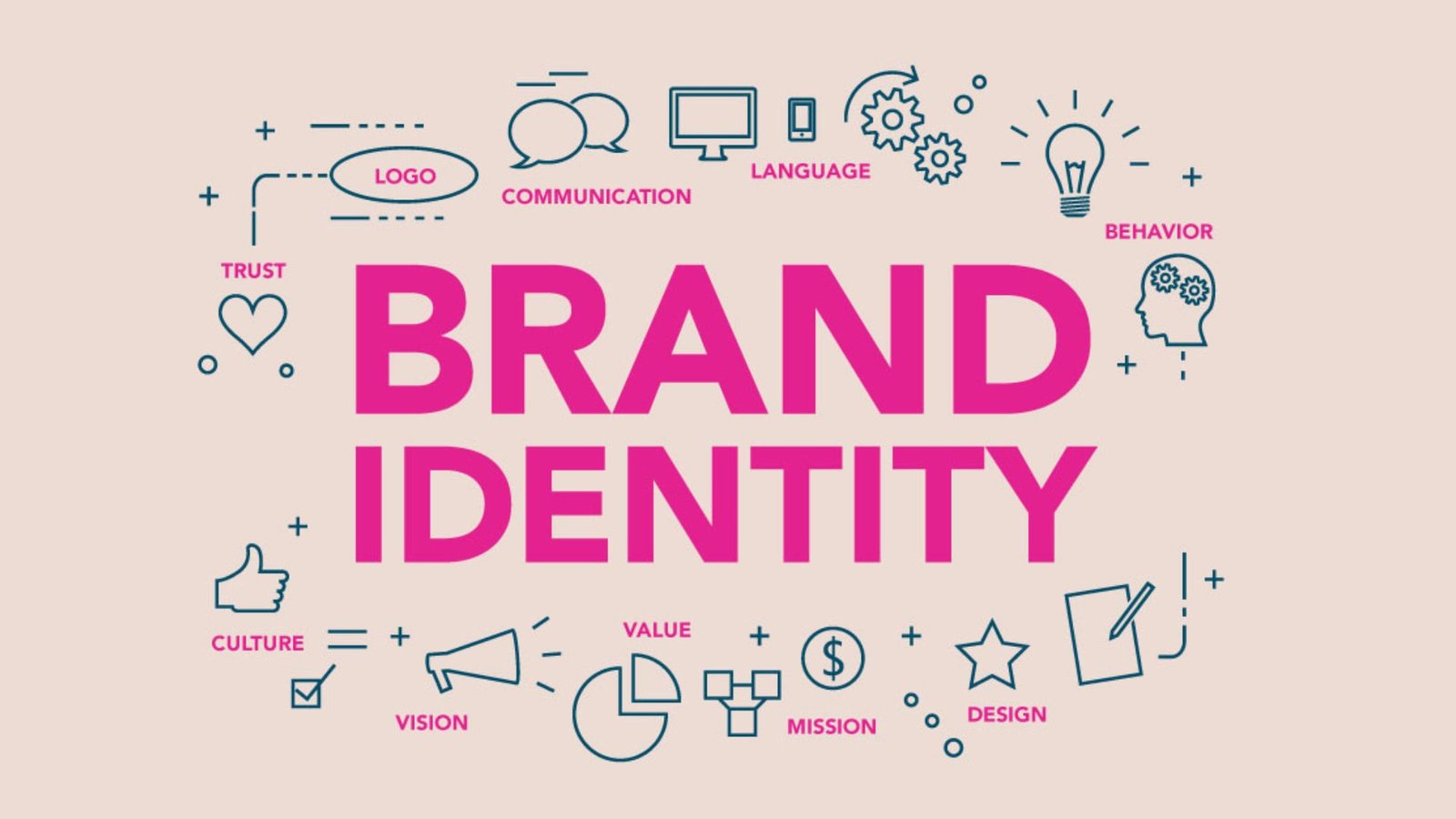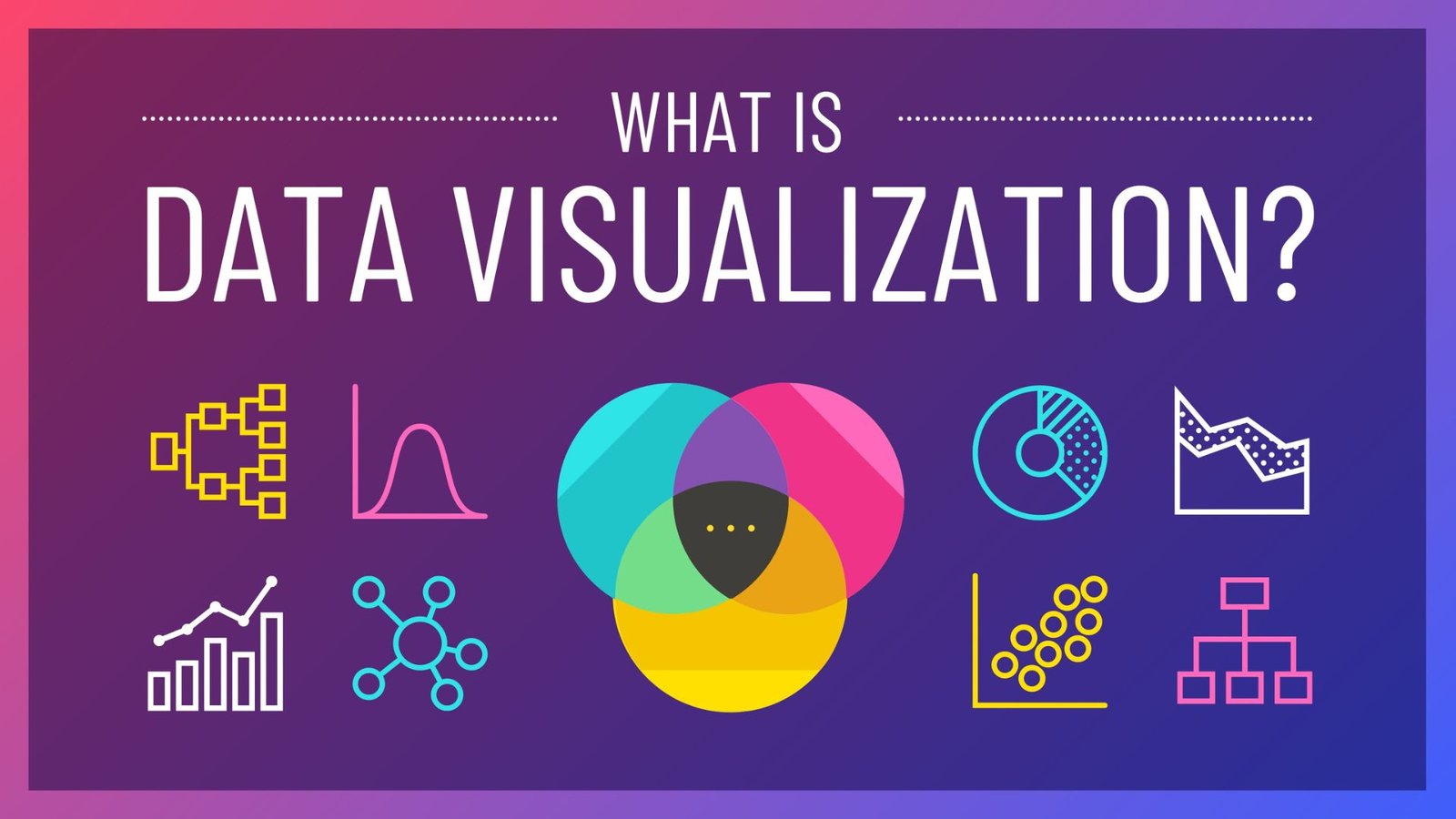Improving visual design is essential for creating compelling visuals that engage your audience and communicate your message. Whether you’re working on a website, app, or marketing material, enhancing your visual design skills can significantly impact the quality of your work. In this article, we will explore several strategies to help you improve visual design and achieve stunning results.

Understand Your Audience
Firstly, to improve visual design, it is crucial to understand your audience. Knowing who you are designing for allows you to tailor your visuals to meet their preferences and needs. Conducting audience research helps you gather insights into their demographics, interests, and behaviors, which in turn informs your design choices.
Additionally, understanding your audience’s preferences can guide decisions about color schemes, typography, and imagery. For example, a design aimed at a younger audience might use bold colors and modern typography, while a design for a corporate audience might favor a more subdued color palette and classic fonts.
Moreover, considering the user experience (UX) is essential. Ensuring that your design is intuitive and user-friendly helps create a positive experience for your audience. By prioritizing UX, you can enhance the overall effectiveness of your design and improve its impact.
Master Color Theory
Secondly, mastering color theory is a key aspect of how to improve visual design. Color theory involves understanding how colors interact and how to use them effectively in your designs. A good grasp of color theory enables you to create harmonious and visually appealing designs.
Furthermore, use color schemes that align with your design’s purpose. Complementary colors, analogous colors, and triadic color schemes each offer different visual effects and can be used to evoke specific emotions or highlight important elements. For instance, using a high-contrast color scheme can draw attention to key features, while a monochromatic scheme can create a cohesive and elegant look.
Additionally, consider the psychological impact of colors. Different colors can elicit different responses from viewers. For example, blue is often associated with trust and professionalism, while red can evoke excitement and urgency. By selecting colors that align with the message you want to convey, you can enhance the effectiveness of your design.
Focus on Typography
Moreover, focusing on typography is another important strategy to improve visual design. Typography plays a crucial role in how your content is perceived and understood. Choosing the right fonts and arranging them effectively can enhance readability and contribute to the overall aesthetic of your design.
Furthermore, pay attention to font pairing and hierarchy. Combining complementary fonts for headings and body text can create visual interest and help guide the viewer’s eye. Establishing a clear hierarchy with different font sizes and weights ensures that important information stands out.
In addition, ensure that your typography is consistent throughout your design. Consistency in font usage, spacing, and alignment helps create a cohesive and polished appearance. Avoid using too many different fonts, as this can make your design look cluttered and disorganized.
Utilize Effective Layout and Composition
Additionally, utilizing effective layout and composition techniques can significantly improve visual design. A well-structured layout helps organize information and guides the viewer’s eye through the design. Using grids and alignment ensures that elements are placed consistently and create a balanced composition.
Moreover, consider the visual hierarchy in your layout. By varying the size, color, and placement of elements, you can highlight important information and create a clear path for the viewer to follow. Effective use of white space, or negative space, also contributes to a clean and organized look.
For instance, in web design, a well-designed layout ensures that users can easily navigate through the content and find what they’re looking for. By focusing on user experience and visual hierarchy, you can create designs that are both aesthetically pleasing and functional.
Incorporate High-Quality Imagery
Finally, incorporating high-quality imagery is essential for improving visual design. Images and graphics can enhance your design by adding visual interest and supporting your message. Ensure that your visuals are relevant to the content and are of high resolution to maintain a professional appearance.
Furthermore, use imagery that aligns with your design’s style and tone. Consistent imagery helps create a cohesive look and reinforces your brand identity. Avoid using low-quality or pixelated images, as they can detract from the overall quality of your design.
Additionally, consider incorporating custom illustrations or graphics to make your design unique and stand out. Tailoring visuals to fit your specific needs can add a personal touch and enhance the overall effectiveness of your design.
Conclusion
In conclusion, improving visual design involves understanding your audience, mastering color theory, focusing on typography, utilizing effective layout and composition, and incorporating high-quality imagery. By applying these strategies, you can enhance the quality of your designs and create visuals that effectively communicate your message and engage your audience.v




